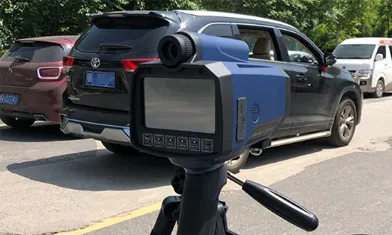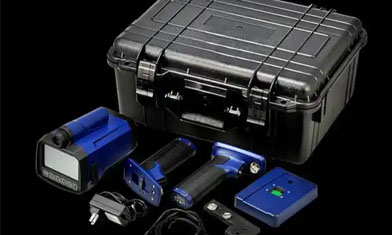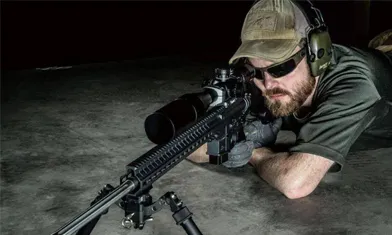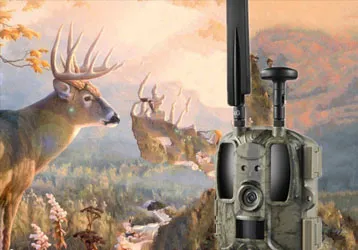Can Infrared Thermal Imaging See Through Walls?
With the rapid development of science and technology, infrared thermal imaging technology has been widely used in many fields, such as nature observation, outdoor hunting, adventure activities, security and anti-theft, marine operations and night patrols.
Onick RE500 is a pocket-sized infrared imaging monocular that can be used for outdoor observation and target tracking at night and in low light conditions.
Onick RE500 can clearly display infrared images of the surrounding conditions, helping you see people, objects and animals clearly. It is easy to use, with static image and video recording functions, and will be your perfect partner whether you are hiking in the wilderness or walking in the suburbs.
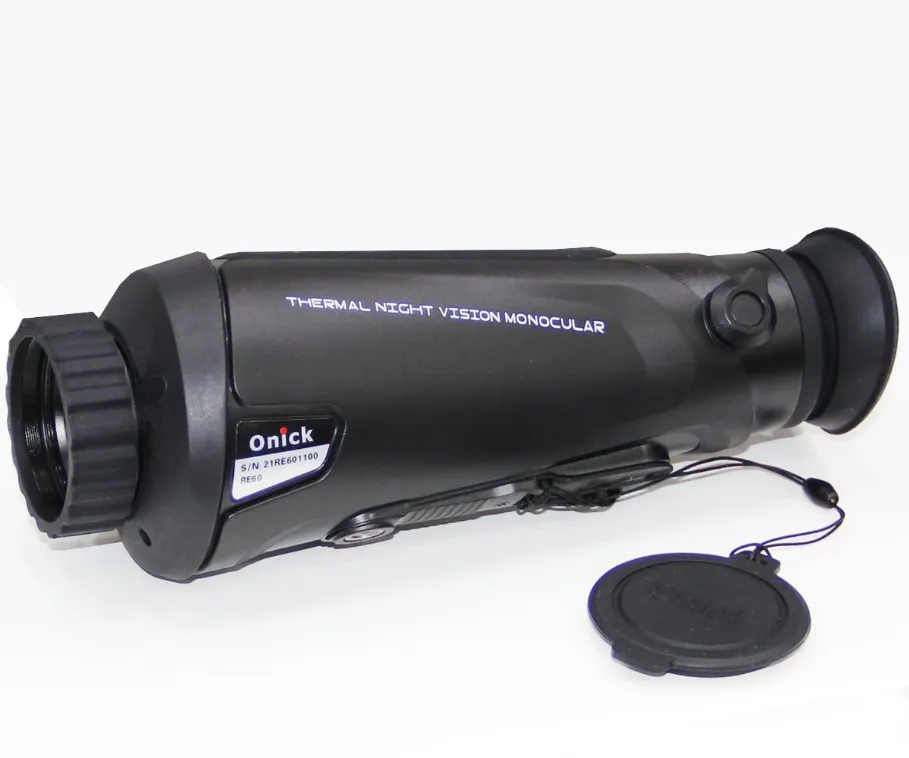
Product features:
1. Upgraded image quality, enhanced details, clear outlines, and sharp images;
2. 50HZ high frame rate is sensitive and smooth, high-quality moving target observation, and dynamic picture capture is not delayed;
3. Laser indication and cross cursor, quickly locate the target and confirm the observed object;
4. Distance measurement estimation, dynamic measurement assistance, estimate the distance of the target object;
5. Support WIFI image transmission, real-time browsing, video recording and photography on mobile phone APP;
6. Automatic hotspot tracking, automatic locking and tracking of high-temperature targets; support picture-in-picture, see the details of the target clearly;
4. Lightweight and portable: small size, one-handed operation, IP66 protection level, 1 meter drop resistance.
This technology, with its unique principle, can clearly image in a completely dark environment and can significantly detect high-temperature targets. So, does infrared thermal imaging have the ability to penetrate? The answer is yes. For example, it can penetrate light and thin materials such as plastic bags.
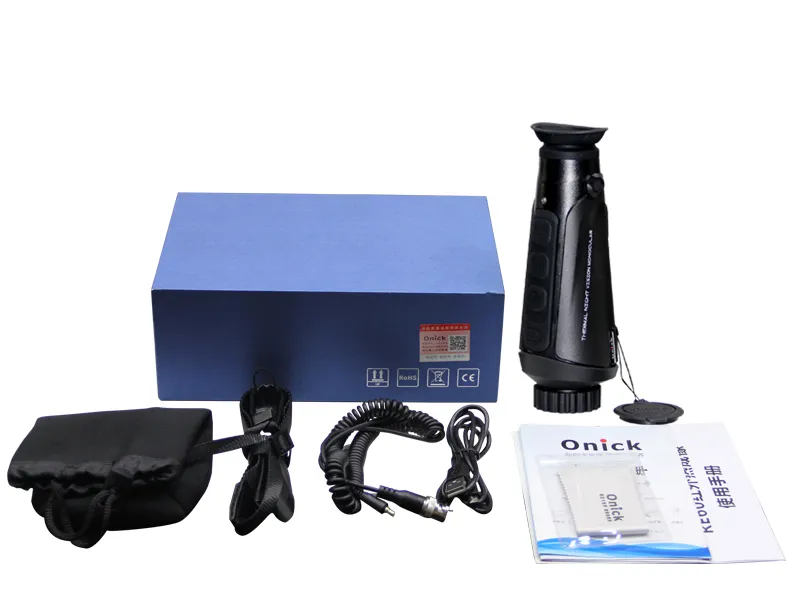
Thermal imaging technology can indeed penetrate certain materials, such as light and thin materials such as plastic bags. Thermal imaging cameras are unique in that they are not affected by low light or strong sunlight, and can penetrate smoke and haze. However, thick clothing cannot be penetrated, so there is no need to worry about privacy. Thermal imaging cameras capture the thermal radiation of different objects to form images, which allows them to penetrate thin fabrics and capture the thermal radiation reflected by objects hidden under the fabric. This technology can make clothes made of certain special fabrics, such as pure nylon and silk, appear translucent, but the perspective effect is limited. As for penetrating physical obstacles such as walls, that is a special effect technique in movies and games, and does not exist in reality.
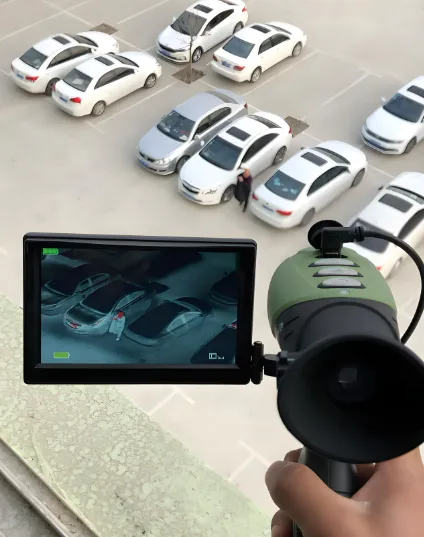
Summary: Thermal imaging technology can see through certain materials, such as thin materials such as plastic bags, and capture the thermal radiation of different objects to form images. In the fields of industry and medicine, the internal conditions of objects can be observed by selecting the appropriate band. However, for completely opaque physical obstacles such as walls, thermal imaging technology cannot perform penetrating observations like the perspective function in games.
